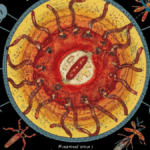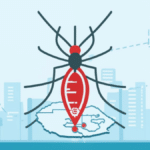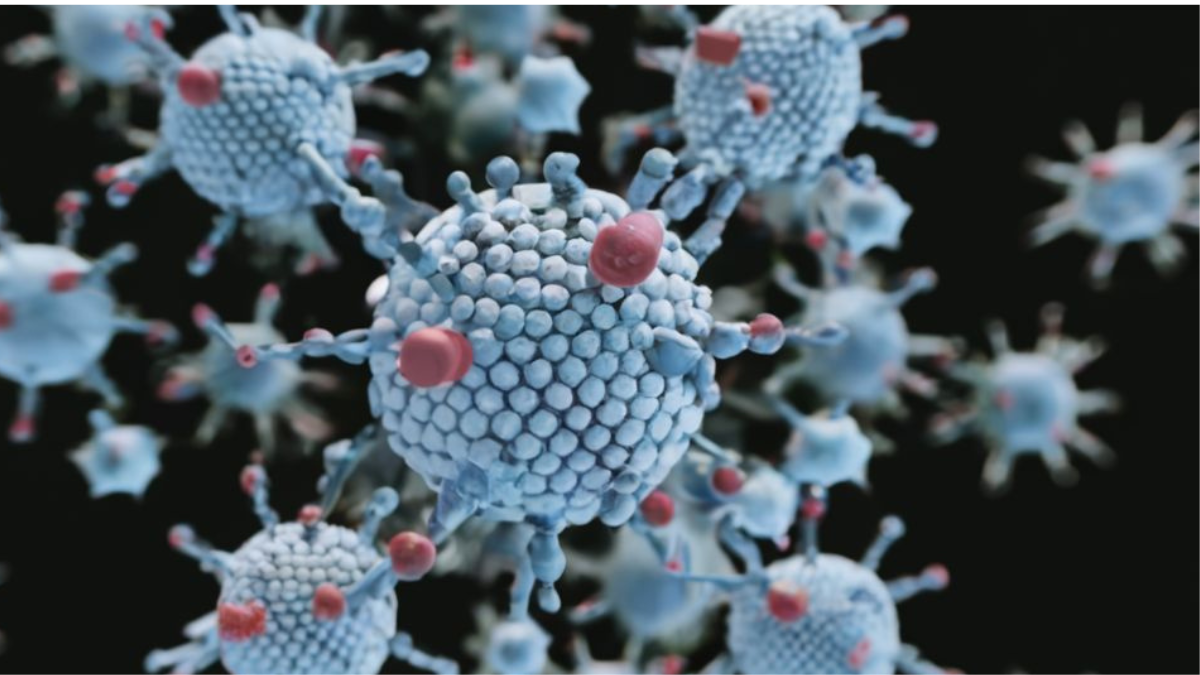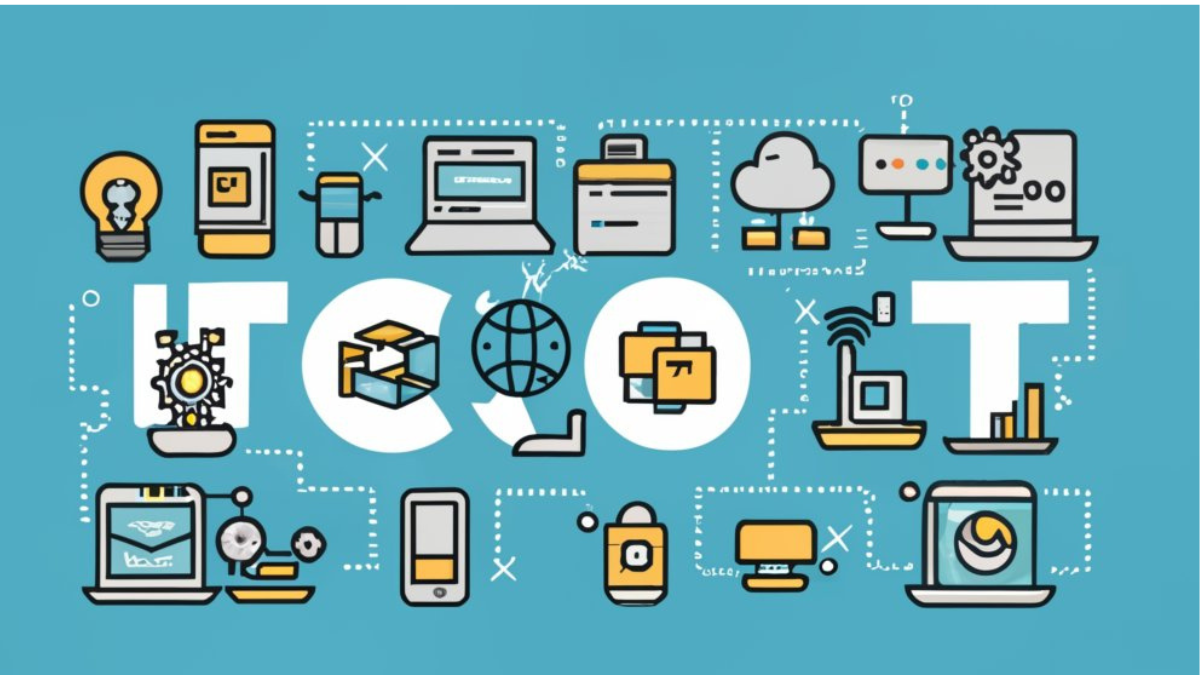In the power of nanotechnology in medicine, advancements are not only occurring at the macroscopic level but also at the microscopic scale. Nanotechnology, the manipulation of matter on an atomic or molecular scale, is revolutionizing healthcare in ways previously unimaginable. With the ability to engineer materials and devices at the nanoscale, researchers are opening doors to groundbreaking diagnostic and therapeutic techniques. In this blog post, we delve into the power of nanotechnology in medicine, exploring its potential, current applications, and future prospects.
Table of Contents
Understanding Nanotechnology:
Nanotechnology involves the manipulation and control of materials at the nanoscale, typically ranging from 1 to 100 nanometers. At this scale, materials exhibit unique properties and behaviors, vastly different from their bulk counterparts. These properties are harnessed to design innovative solutions for various medical challenges.
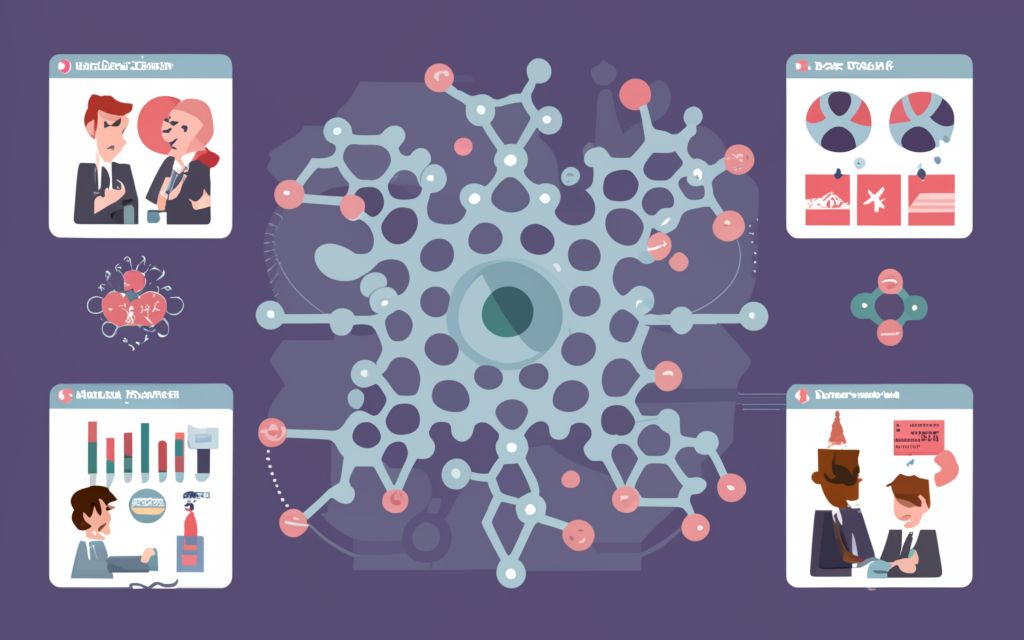
Diagnostic Advancements:
One of the most promising applications of nanotechnology in medicine lies in diagnostics. Nanoscale materials, such as quantum dots and gold nanoparticles, enable highly sensitive and specific detection of biomarkers associated with diseases like cancer, infectious diseases, and neurological disorders. These nanomaterials can be engineered to bind selectively to target molecules, facilitating the detection of disease markers even at very low concentrations. Additionally, nanotechnology-based imaging techniques, such as quantum dot-based fluorescence imaging and magnetic resonance imaging (MRI) contrast agents, offer enhanced resolution and accuracy in disease visualization.
Therapeutic Innovations:
Beyond diagnostics, nanotechnology is revolutionizing therapeutic interventions. Nanoparticle-based drug delivery systems allow for precise targeting of therapeutics to diseased tissues, minimizing side effects and enhancing efficacy. Liposomes, polymeric nanoparticles, and dendrimers are examples of nanocarriers used to encapsulate and deliver drugs to specific cellular targets. Moreover, nanotechnology enables the development of smart materials that respond to environmental stimuli, releasing drugs in a controlled manner. This targeted drug delivery approach holds immense potential for improving the treatment of cancer, cardiovascular diseases, and chronic conditions.
Regenerative Medicine and Tissue Engineering:
Nanotechnology is also driving advancements in regenerative medicine and tissue engineering. Nanostructured scaffolds provide a supportive environment for cell growth and tissue regeneration. By mimicking the extracellular matrix’s structure and composition, these scaffolds promote cellular adhesion, proliferation, and differentiation. Additionally, nanomaterials can be functionalized with bioactive molecules to modulate cellular behavior and promote tissue regeneration. These strategies hold promise for repairing damaged tissues and organs, offering potential solutions for organ transplantation and regenerative therapies.
Challenges and Considerations:
Despite its tremendous potential, nanotechnology in medicine faces several challenges and considerations. Safety concerns regarding the biocompatibility and long-term effects of nanomaterials must be thoroughly addressed. Additionally, issues related to scalability, manufacturing costs, and regulatory approval processes pose significant hurdles to the widespread adoption of nanotechnology-based medical interventions. Collaborative efforts among researchers, clinicians, policymakers, and industry stakeholders are essential to overcome these challenges and translate nanotechnological innovations into clinical practice responsibly.
Future Directions:
Looking ahead, the future of nanotechnology in medicine is brimming with possibilities. Continued research efforts are focused on enhancing the specificity, efficiency, and safety of nanomaterials for medical applications. Advancements in nanofabrication techniques, such as 3D printing and self-assembly, promise to unlock new avenues for tailored therapeutics and personalized medicine. Furthermore, the integration of nanotechnology with other cutting-edge technologies like artificial intelligence and gene editing holds the potential to revolutionize healthcare delivery and treatment outcomes.
Conclusion:
Nanotechnology is reshaping the landscape of modern medicine, offering unprecedented opportunities to diagnose, treat, and cure diseases with greater precision and efficacy. From diagnostics and therapeutics to regenerative medicine and beyond, the applications of nanotechnology in healthcare are vast and transformative. While challenges remain, collaborative efforts and continued innovation will drive the translation of nanotechnological advancements into tangible clinical benefits, ultimately improving patient outcomes and quality of life. As we journey further into the realm of nanomedicine, the microscopic becomes monumental in its impact on human health and well-being.


